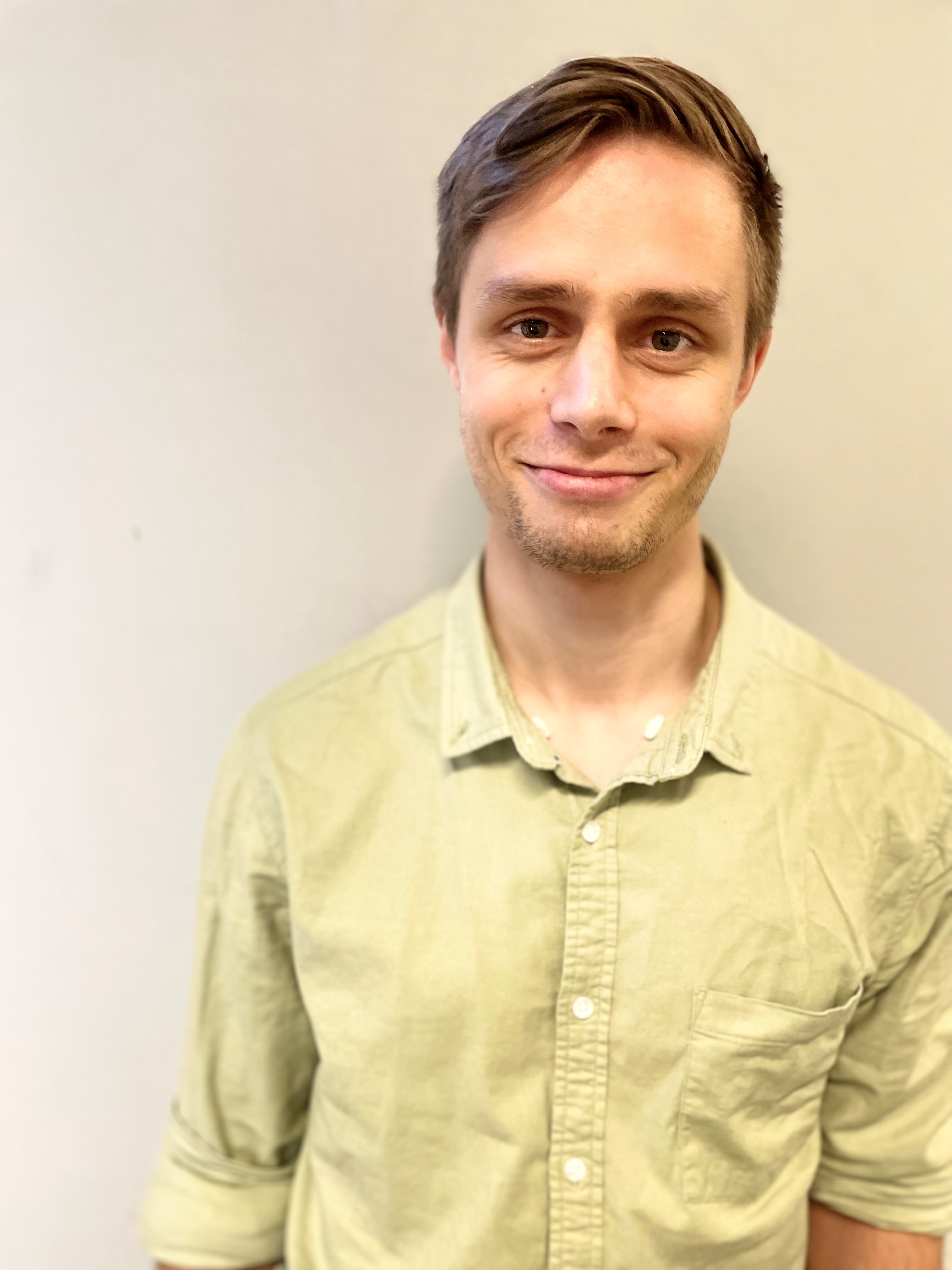John Larsson
Future fossil free steel products will be made in the production plants of the future. To design a future hot rolled steel production process, the challenge that John will address is to combine i) finite element models of the external rolling forming forces and ii) thermodynamic models that predict the internal microstructure of the steel as it cools. The integrated model will then be used to simulate and design a hot roll process that produces a fossil-free steel product, which has known and homogeneous properties throughout the product, with minimal waste.
What were you doing before joining Steel for a Fossil Free Future?
I graduated from Luleå University of Technology with a master’s degree in mechanical engineering in 2023. Shortly after completing my master’s thesis, I decided to continue at the same university by starting a PhD in Solid Mechanics within the "Steel for a Fossil Free Future" program.
What will you be doing as a PhD student?
My research will focus on the implementation of numerical simulation models , such as the finite element method, to analyze the hot rolling process in an upcoming fossil-free steel production line.
The ambition is for the simulation model to accurately predict the complex connection of different mechanical, microstructural and thermal phenomena present during hot rolling. Unlike traditional empirical constitutive models, we seek to incorporate a so-called physically based constitutive model formulated with the idea of directly connecting the macroscopic material behavior with the underlying physical mechanisms. This approach is expected to offer improved predictive capabilities over a greater range of processing conditions, along with insight into the evolution of different microstructural parameters such as dislocation density or grain size.
What challenges will your PhD/Post Doc work contribute to solving?
The main challenge of my PhD research is to use simulation models to improve understanding of how different process changes will impact the homogeneity and mechanical properties of the rolled steel.
How can your research contribute to addressing those challenges
The implementation of a physically based material model into finite element software will allow us to accurately capture the relationship between deformation, temperature, and microstructural changes. We aim for the model to give us the ability to accurately model and compare traditional rolling mills to the next generation of fossil-free mini-mills.
The name of my research project is…
Numerical Modeling of Hot Rolling in Fossil-Free Steel Production and you can find out more here .




